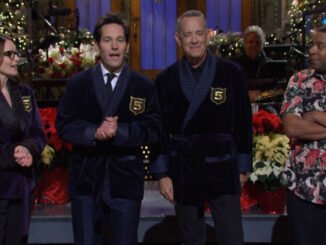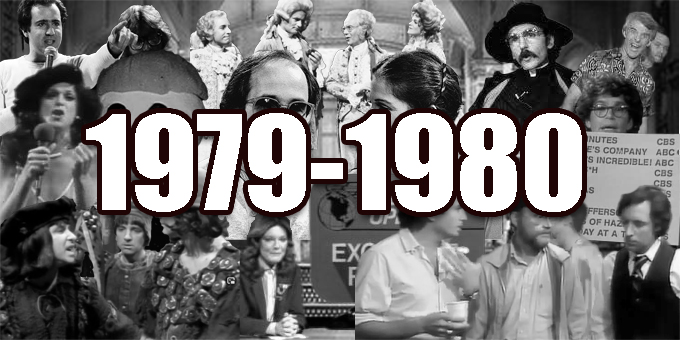
In honor of Saturday Night Live‘s 50th Anniversary, we will be going through its rich and varied history and breaking down its legendary run into easy to digest eras. Some eras might last for years, others only one season. But each era is one that either marked a change in the show, were driven by a remarkable personality of a star, or marked a special part of the history of the program. Today, we find the show at another crossroads after losing two more stars–Dan Aykroyd and John Belushi. But there were other, bigger hurdles to overcome.
Animal House made John Belushi a star. A big star. So big it was pretty much a given that he wouldn’t be returning to Saturday Night Live for its fifth season. I’m sure Lorne Michaels was sad to see Belushi go but probably figured that if the show survived the departure of Chevy Chase, it would survive the departure of John Belushi.
Then John took Dan Aykroyd with him too. The pair would be shooting The Blues Brothers, a feature based on the blues singing brothers that Aykroyd and Belushi created in 1978. All of a sudden, SNL was down two of its biggest stars. This was not an insurmountable problem. They still had big stars like Bill Murray and Gilda Radner in the cast. It would all depend on who they got to replace Belushi and Aykroyd.
That was part of the problem for this season. They got Harry Shearer to replace Belushi.
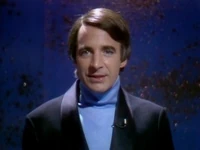
Poor Harry Shearer. It’s not like he isn’t funny. This Is Spinal Tap and A Mighty Wind is proof that he is. It’s not like he can’t stick with a job. He’s been doing voices on The Simpsons for over 35 years. It’s just that he and SNL just do not mix.
Shearer’s style just wasn’t a match for the show. His was a more literate, practiced style. The rest of the cast were looser and wilder. Shearer would spend hours in the makeup chair so his Ronald Reagan impersonation was as accurate as it could be. Aykroyd wouldn’t even grey up his hair, let alone shave his mustache, for his Jimmy Carter impersonation.
But even if Shearer was a fit for the show, he wasn’t a fit as a replacement for Belushi. I can’t think of two more diametrically opposed comedy styles than John Belushi and Harry Shearer. Chevy Chase and Bill Murray were pretty far apart in styles, but they were close enough. But Belushi was a wild and physical comedian. Shearer was a thoughtful, urbane comedian. Adding Shearer made fans miss Belushi more. Shearer would get another chance with SNL, with a better fit with the then cast, but with worse results. We’ll get into that a couple installments down the line.
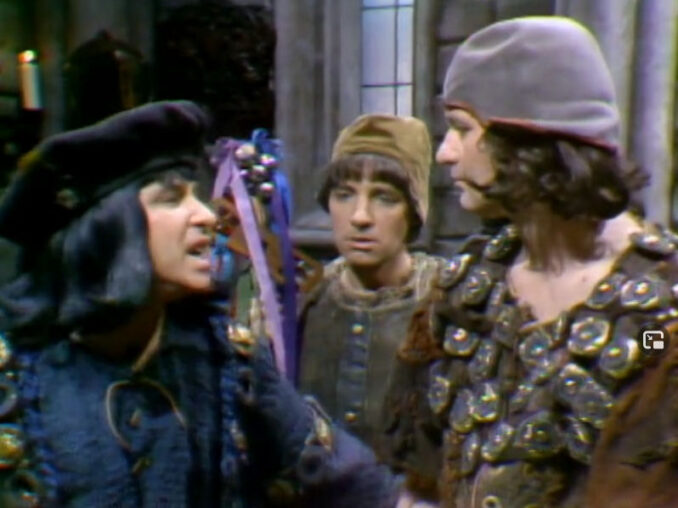
Shearer says that he was hired to replace Belushi AND Aykroyd. This isn’t necessarily true. He had a lot of help replacing those two, most notably Dan’s younger brother Peter Aykroyd (who was announced as an official replacement in some press clippings), Bill Murray’s brother Brian Doyle-Murray, writers Alan Zweibel, Don Novello, Jim Downey, Tom Schiller and, from the band, Paul Shaffer, who earned the special honor of being first person to say “Fuck” live on air on an episode of Saturday Night Live. All the above joined the cast at various points of the season as featured cast members.
While the replacements for Belushi and Aykroyd might have been somewhat lackluster, that wasn’t the only thing working against this season. Michaels would admit to being burned out during this season. You can’t really blame him. Being the hippest show on television is hard work. But the fatigue started to show through in the show.

Which isn’t to say that there weren’t high points. The sketch from the season premiere where Steve Martin and Bill Murray look into the camera and ask “What is that?” still sticks with me 45 years later. But it seems like the writers were going for crudity more than comedy. Sometimes, it worked. I think the “Lord and Lady Douchebag” sketch from the season finale had some wit to it. But the “Vomitorium” sketch from the Burt Reynolds episode was more revolting that funny.
Michaels also faced the issue of the cast and writing staff coming to the end of their five-year contract. Many of them were also feeling burned out. Something would have to be done if the show was to continue. Michaels suggested to the network a longer summer hiatus. He suggested that SNL go off the air until November and start season six after the 1980 election was over. Michaels has said that Gilda Radner promised to come back, but he would most likely have lost Bill Murray, who became a big movie star after the success of Meatballs. Lorne would have likely brought a lot of fresh blood in to revitalize the show regardless, with him being recharged leading the charge.
NBC wasn’t having it. SNL was a cash cow for the network. The network was struggling in the ratings and SNL was one of its few hits. They even ran reruns of the show on Wednesdays during prime time to give their schedule a boost. So, giving the show two extra months to refresh was out of the question.
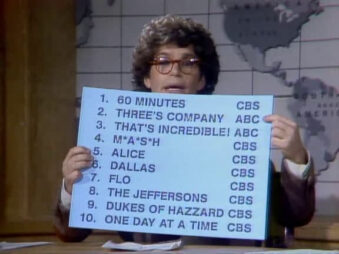
Desperate for a rest, Michaels tried to choose his replacement as producer in his place. He wanted a mix of Jim Downey, Tom Davis and Al Franken. However, NBC President Fred SIlverman hated Franken. Franken did a Weekend Update spot about Silverman called “Limos for Lame-Os,” the premise being that why should Silverman get a chauffeur driven limousine when NBC was doing so poorly, and Franken didn’t get one for being on a hit show. Silverman was greatly insulted by this and remembered when Michaels offered Franken as a replacement. NBC decided it would go in a different direction, one without Michaels or any of his loyal cast and writers.
The network thought it was a smart direction. They hired a producer who was with the show almost from the very beginning, coming over from all places Saturday Night Live with Howard Cosell. A person so connected in the industry that she had Woody Allen calling her on a regular basis. A woman well-liked by executives and her staff equally.
That woman was Jean Doumanian, and it would turn out that the direction wasn’t very smart at all. On the contrary, it was downright disastrous. We’ll talk about it in out next installment.




